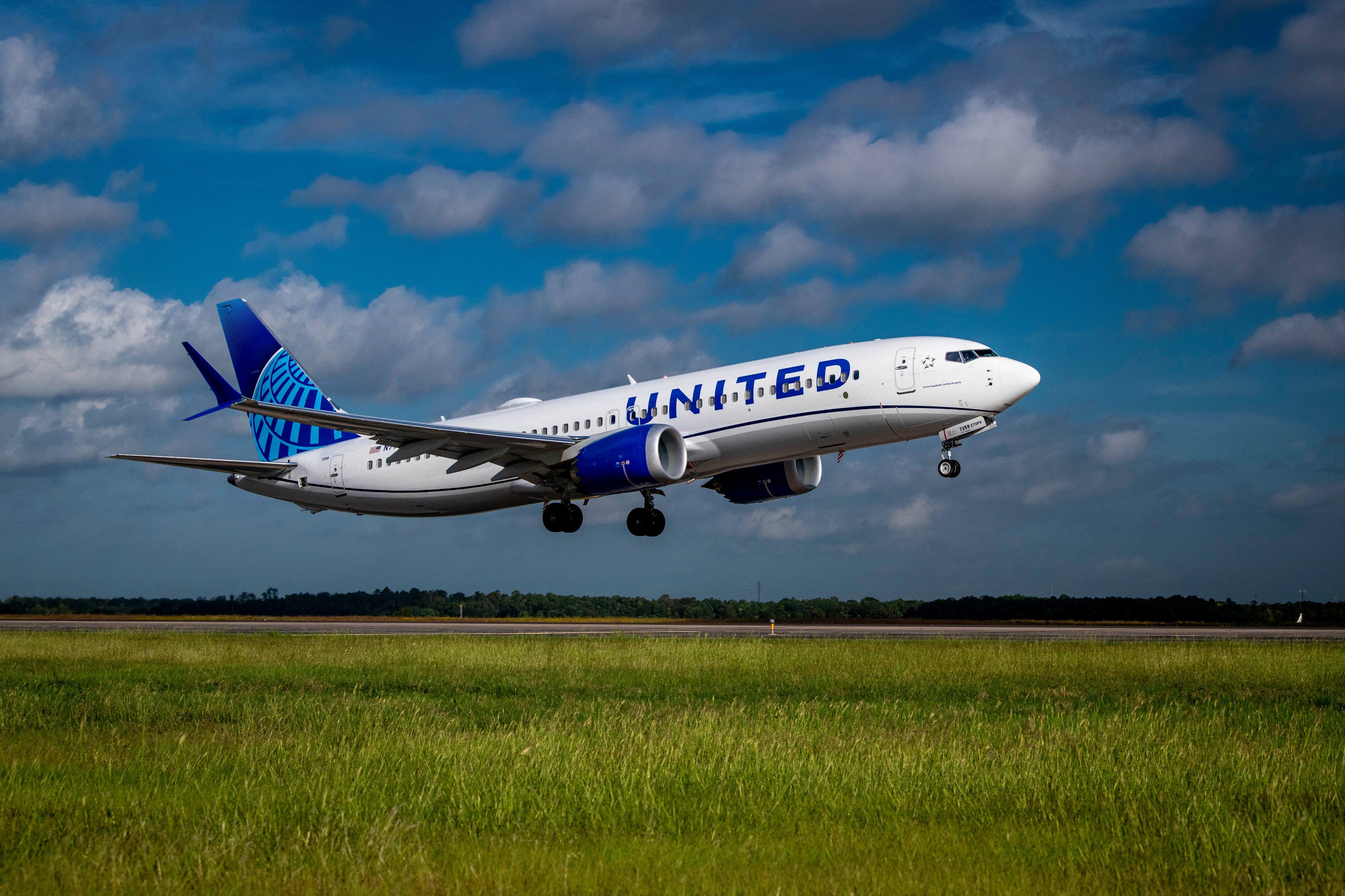
United Airlines plans to operate more international capacity next year than in 2019, driven by expectations of a strong business travel recovery and relaxed entry restrictions across the Atlantic and Pacific.
United CEO Scott Kirby said the company is targeting 10% higher international capacity in 2022 versus 2019, the first full year before the COVID-19 pandemic crushed demand for long-haul air travel. By contrast, the Chicago-based carrier plans for its domestic capacity to be approximately flat from pre-crisis levels next year, reversing a pandemic-era trend that saw airlines replace missing international traffic with more resilient domestic routes.
Taken together, United is planning for system capacity to be up 5% in 2022 versus 2019 levels.
Kirby said that United’s bookings from Latin America and across the Atlantic “have reacted well” to the Biden administration’s recently announced plan to lower US entry restrictions for vaccinated travelers beginning Nov. 8, with bookings across the Atlantic already back at 2019 levels.
The company’s transatlantic capacity will be further boosted by new flights to Africa and the Middle East, including to Accra (ACC) in Ghana; Muscat (MCT) in Oman; Lagos (LOS) in Nigeria; and Cape Town (CPT) in South Africa, among others.
In the Asia-Pacific region, Kirby said management expects a slower demand recovery, although he said that recent partial re-openings in Australia and Singapore have brightened the management’s outlook.
“We're accounting for a slow Pacific recovery,” Kirby said on the company’s third-quarter earnings call with analysts and reporters. “We’re accounting for a strong Atlantic recovery spread across multiple different countries within [Europe, Africa and the Middle East], which allows that kind of bounce back that we're anticipating. And the numbers in the last week have shown great strength across the Atlantic, so we’re incredibly bullish.”
Kirby said he expects international long-haul flying to produce strong margin improvement beginning in 2022, as United seeks to capitalize on a shortage of widebody jets among major international airlines following a spate of retirements last year.
Management expects premium seat capacity among the largest Atlantic carriers to be down 10% to an average 46 seats per flight, as many aircraft with large premium cabins including Boeing 747s and Airbus A380s have been grounded.
United also has its own grounded widebodies, including 52 777s that were pulled from service in February following an engine failure over Denver. Kirby said management expects all those aircraft to be returned to service “in the first half of next year.”
Kirby also predicted business bookings will hit an “inflection point” in January before accelerating throughout 2022.
United reported an adjusted net loss of $300 million in the third quarter compared to a $1 billion net profit in the 2019 September quarter. Total system capacity in the December quarter is expected to be down around 23% from the same period in 2019.
Photo credit: United Airlines





